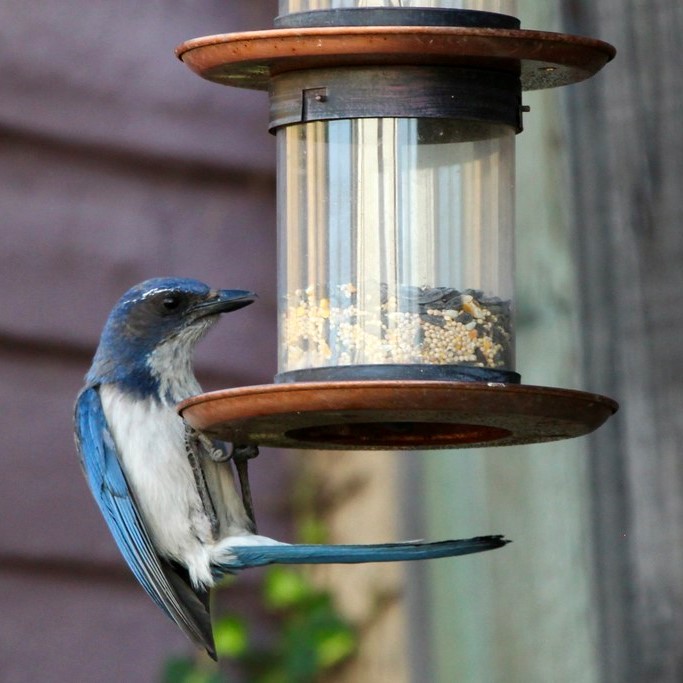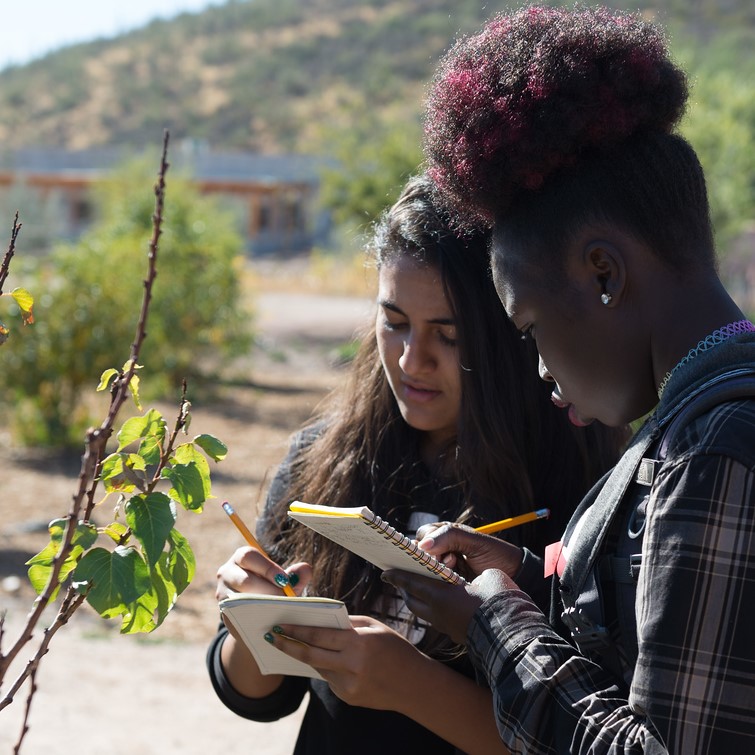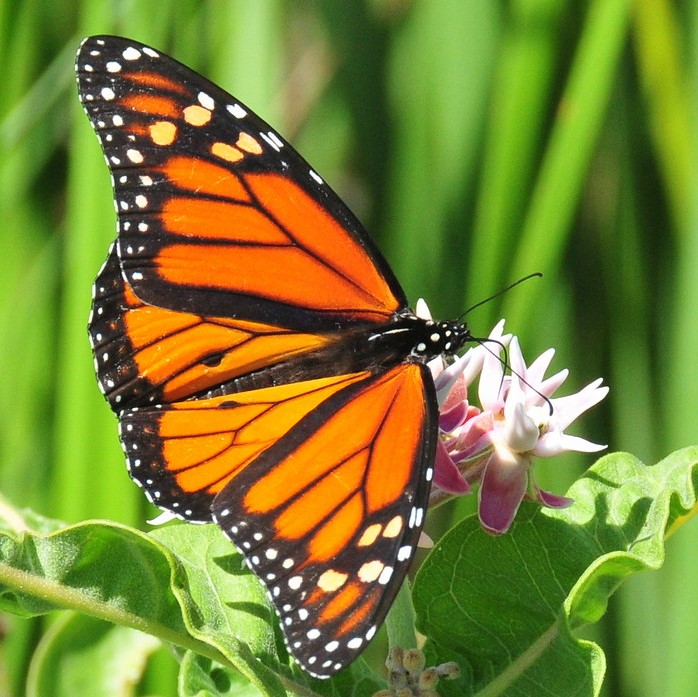These activities allow upper level students to collect, graph, and interpret phenology data.

Bird Feeder Notebook
Observando el comederos para pájaros
Grades: 9-12
Students record observations of the birds visiting feeders outside their school. Then they compare their records to those from local birding experts and online citizen science data sources to determine if the timing of bird activity has shifted in their community.
Outdoor activity; 5 class periods plus weekly 10-20 minute observations

Investigations in Phenology
Grades: 9-12
This activity will familiarize students with some of the main phenophases present on select species during certain times throughout the school year.
Outdoor activity; 4-5 class sessions of 50-90 minutes

Monarchs and Milkweed - Looking at the Numbers
Grades: 9-12
Students will work with a small dataset taken from the USA National Phenology Network Database to learn the proper way to graph data so that they can make comparisons between groups.
Indoor activity; 4-5 class periods
Start a Local Phenology Program
We have the resources you need for your students to observe and document the seasonal changes of plants and animals with Nature's Notebook
Browse Additional Resources
Filter resources by grade level, category, indoor/outdoor, and language to find an activity that fits the needs of your students